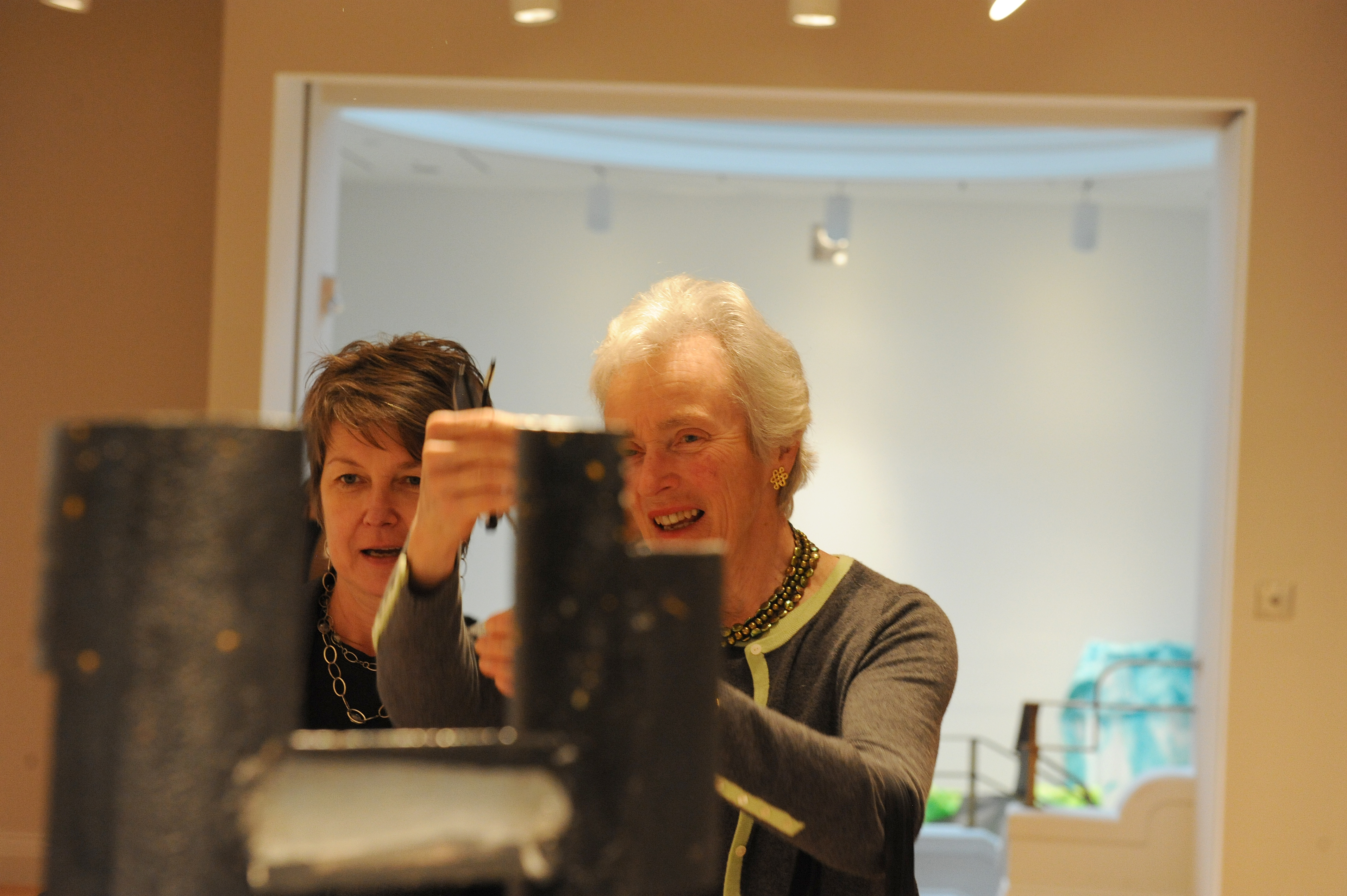I’ve never had a great deal of patience. I like structure and thrive on organization. In my opinion one of the greatest gifts my fiancé has given me (besides the engagement ring and the promise to live happily ever after, of course) was a label maker. So, when I was asked to be one of the organizers of a program that aimed to create a profound experience of art through “slow looking,” I got a little nervous.The second annual Art & Innovation Design Gathering held on Monday, March 14, at the museum, was a collaboration between the University of Virginia and The Phillips Collection. We encouraged the scientists, artists, educators, and students who participated in the conference to think about how we perceive our visual world. How do our experiences affect the way we see the world? Have our preconceptions – whether you’re aware of them or not, constructed from experience – replaced our ability to visually interpret? The balance of disciplines represented at the conference helped to bring these ideas together in a relatable way. Continue reading
Tag Archives: Center for the Study of Modern Art
Art and Responsibility
Great works of art not only help us transcend our lives but create an ethical ground for our being. According to the French phenomenologist Emmanuel Levinas, transcendence is not a modality of essence – not a question of being or not-being – but rather an ethical imperative; it is not a “safe room” of solipsistic inwardness but a site of responsibility for others. In the transcendental beyond, we are ordered toward the responsibility for the other.
Here are my two favorite global aid agencies: MercyCorps and Doctors Without Borders.

